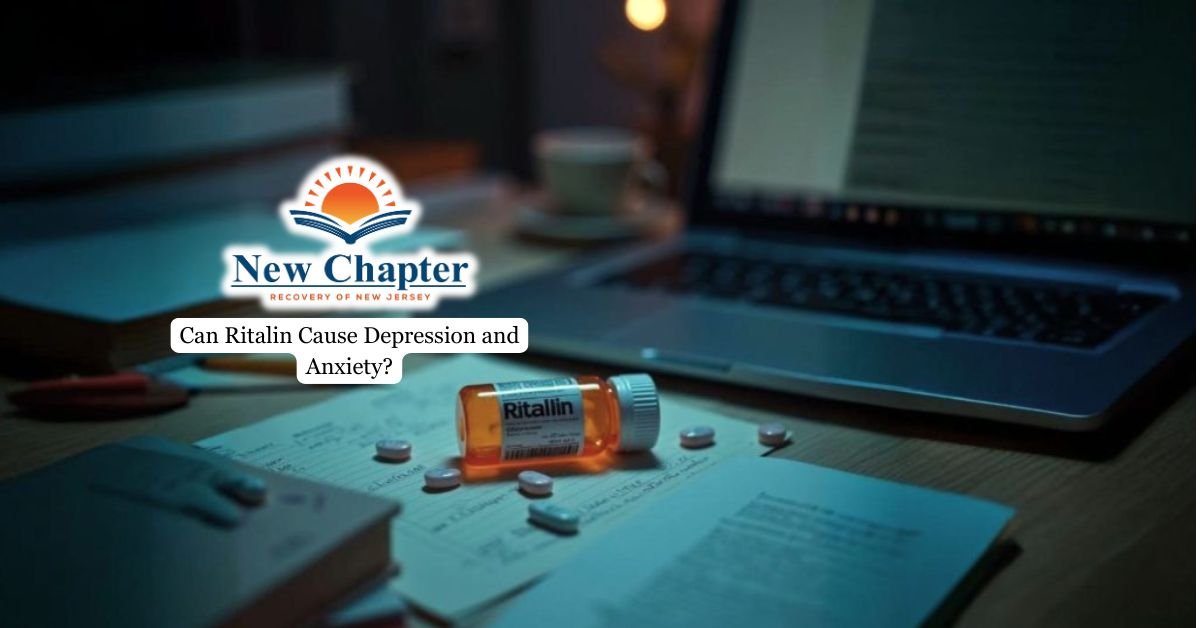Painkillers play a major role in modern healthcare, especially when individuals experience severe pain from injuries or medical conditions. However, certain prescription drugs can be highly addictive, and ongoing misuse often leads to dependence or even overdose. Opioid painkillers, in particular, are known for creating both physical and psychological risks.
Understanding which painkillers carry the highest addictive potential helps people recognize early warning signs of misuse, seek medical advice promptly, and make informed decisions regarding treatment.

What Makes a Painkiller Addictive?
Painkillers become addictive due to their interaction with opioid receptors in the brain. These drugs flood the brain with dopamine, a neurotransmitter associated with pleasure and reward. Over time, higher doses are needed to achieve the same effect, leading to physical dependence and addiction. The risk of addiction increases when these medications are taken for a long time, at higher doses than prescribed, or misused for their euphoric effects.
Several factors contribute to a painkiller’s addictive potential. Potency plays a significant role, as some opioids are much stronger than others, increasing the risk of dependence. The method of use also influences addiction; injecting or snorting opioids produces a more intense effect, making addiction more likely.
The duration of action matters as well—short-acting opioids often require more frequent dosing, heightening the risk of dependence. Individual risk factors such as genetics, previous substance use disorder, and psychological conditions can also increase the likelihood of addiction.
If you or someone you know is struggling with opioid use, seek help immediately to reduce the risk of these life-threatening consequences.
The Most Addictive Prescription Painkillers
1. Fentanyl
Fentanyl is one of the strongest opioid drugs available, often prescribed for severe pain, such as in cancer patients or those with a terminal illness. It is 50 to 100 times stronger than morphine, making it extremely potent and highly addictive. Illicitly manufactured fentanyl is a major contributor to opioid overdose deaths, as even small amounts can be lethal.
2. Oxycodone (OxyContin, Percocet)
Oxycodone is a commonly prescribed opioid medication used to treat severe pain. It has a high potential for misuse due to its ability to produce euphoria. Brand-name versions like OxyContin are designed for extended release, but crushing or chewing the pills can deliver a powerful, immediate effect, increasing the risk of addiction and overdose.
3. Hydrocodone (Vicodin, Norco, Lortab)
Hydrocodone is one of the most frequently prescribed opioids for pain relief. It is found in combination with acetaminophen in drugs like Vicodin. Because of its widespread availability, it is one of the most commonly abused prescription drugs. Long-term use can lead to both physical dependence and addiction.
4. Morphine
Morphine has been used for decades to relieve pain, especially in post-surgical and end-of-life care settings. While effective, morphine has a strong potential for addiction, especially when taken in increasing doses over time. It is sometimes used illicitly as an alternative to heroin due to its similar effects.
5. Hydromorphone (Dilaudid)
Hydromorphone is a highly potent opioid often prescribed for severe pain that does not respond to other painkillers. It is times stronger than morphine and has a high risk of dependence and addiction. Patients prescribed opioid drugs like hydromorphone must follow medical advice carefully to avoid misuse.
6. Methadone
Methadone is often used to treat opioid addiction, but it is also prescribed for chronic pain. While it has a slower onset than some opioids, its long half-life makes it dangerous if not taken correctly. Patients who take opioids like methadone without strict medical supervision may develop dependence and addiction.
7. Meperidine (Demerol)
Meperidine was once a commonly prescribed painkiller but is now used less frequently due to its high potential for addiction. It acts similarly to morphine but can lead to severe dependence and withdrawal symptoms. Due to safer alternatives, it is now prescribed sparingly.
Signs of Opioid Addiction and Dependence
One common indicator is increased tolerance, where higher doses are needed to achieve the same effect. Another is compulsive use, which occurs when opioids are taken even when not needed for pain relief.
Withdrawal symptoms such as cravings, drowsiness, nausea, and muscle pain can appear when opioids are not used. Doctor shopping, the practice of visiting multiple doctors to obtain more prescriptions, is another warning sign. Addiction can lead to a significant impact on daily life, causing individuals to neglect responsibilities due to opioid use.

The Dangers of Opioid Misuse
Misusing prescription opioids poses serious health risks, including overdose and death. Many overdoses happen when people take higher doses over time to achieve the same effect. The danger increases when opioids are combined with other depressants, such as benzodiazepines or alcohol, which can cause respiratory depression and fatal outcomes.
The rise of illicit opioids, including fentanyl-laced pills, has made opioid use even more hazardous. Awareness of these risks is crucial to preventing misuse and saving lives.
Addiction Treatment for Painkiller Dependence
Medication-assisted treatment (MAT) is one approach, involving the use of prescribed opioid medications like methadone or buprenorphine to ease withdrawal symptoms and reduce cravings. Behavioral therapy is another key component, providing counseling and support to address compulsive use and behavioral patterns.
Detox programs offer medically supervised withdrawal to manage symptoms safely, ensuring patients receive appropriate care during the initial stages of recovery. Long-term rehabilitation focuses on relapse prevention and sustained recovery support, helping individuals regain control over their lives through comprehensive addiction treatment programs.
Final Thoughts from New Chapter Recovery
Awareness of how opioids work, their highly addictive properties, and potential misuse safeguards individuals against falling into harmful patterns. New Chapter Recovery is dedicated to guiding those who struggle with drug use and helping them navigate better choices in pain management. By taking prompt steps, staying aware of dosage instructions, and seeking professional help at the earliest sign of addiction, lasting recovery remains within reach for those facing the challenges of opioid use and addictive pain.






